I’ve seen the Z-EDGE monitors floating around Amazon for a while now, often at prices that make you double-take, especially when you see numbers like 165Hz or 180Hz slapped on a curved panel for under $200. I get a steady drip of emails and Discord pings asking, “Are these even worth it?” or “Is Z-EDGE legit for gaming if I don’t want to spend ASUS or LG money?”
Table of Contents
I figured it was time to give you a grounded, real-world perspective on what you’re getting with Z-EDGE monitors, whether you’re just setting up your first gaming rig or looking to add a second screen for your desk without draining your budget.
What is Z-EDGE?
Z-EDGE is one of those brands that lives in the Amazon and Newegg ecosystem, popping up under “budget gaming monitors” when you sort by price low-to-high. They aren’t pushing out flashy marketing campaigns, nor do you see them on esports stages, but they’ve found a lane in budget-friendly gaming monitors with specs that look surprisingly premium on paper.
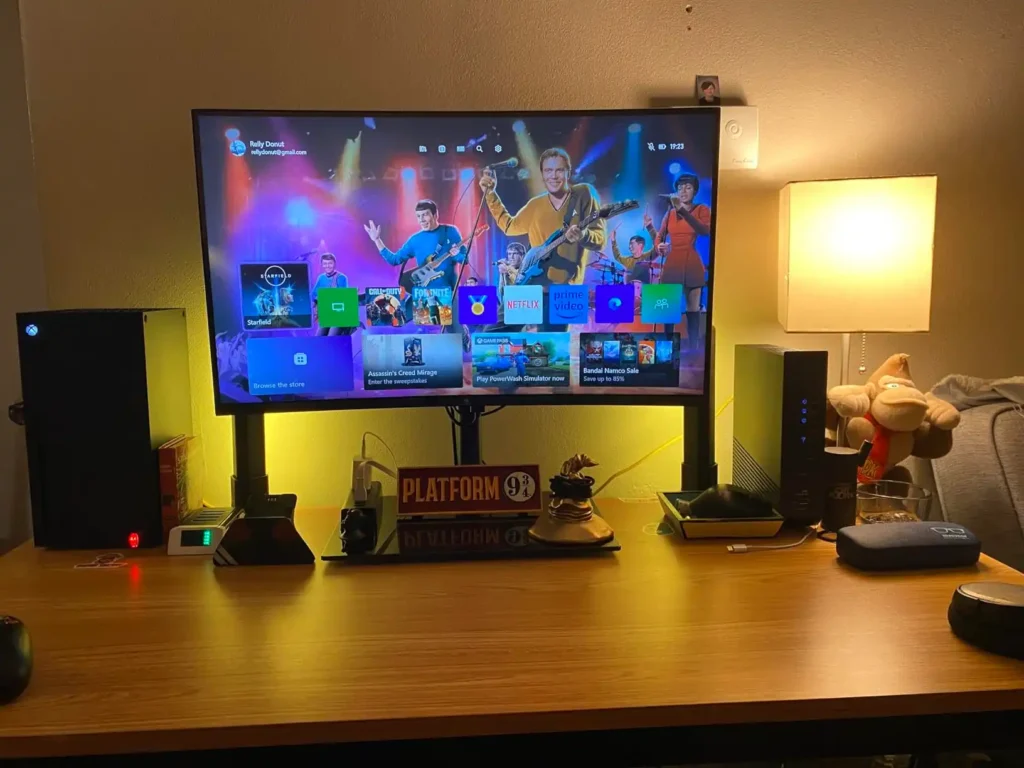
If you think about Sceptre, Viotek, or even some of the lower-end AOC monitors, Z-EDGE slides right into that same territory. They offer curved panels, high refresh rates, and thin bezels that visually punch above their price bracket, aiming at students, home office setups, and gamers who want smoother frame rates but don’t have $400+ to drop on a screen.
I came across Z-EDGE while helping a friend build a budget gaming setup last summer. The first thing that struck me wasn’t the specs but the sea of mixed reviews—some praising the monitors as a hidden gem for the price, while others were ranting about ghosting or random dead pixels. It made me curious enough to grab one for a spin.
Popular Z-EDGE Monitor Models
You’ll find a few models from Z-EDGE constantly hovering on Amazon’s best-seller lists:
- The Z-EDGE 27″ 165Hz Curved Gaming Monitor, which seems to be the brand’s bread and butter, often dropping under $160 during sales.
- The Z-EDGE 32″ 180Hz Curved Monitor, a bigger option for those wanting a larger screen for gaming or general use.
- The Z-EDGE 24″ FHD 75Hz Budget Model, typically found under $100, serving as a low-cost second monitor for productivity or basic gaming.
- And for folks wanting a step up in clarity, Z-EDGE QHD Curved Options exist, offering 1440p panels while still keeping prices lower than the big names.
In terms of panel technology, most Z-EDGE monitors use VA panels, which means you’re getting deeper blacks and higher contrast, but sometimes at the cost of slower pixel response, something that can show up in fast shooters.
Key Features of Z-EDGE Monitors
On paper, Z-EDGE tries to give you everything you want in a gaming monitor:
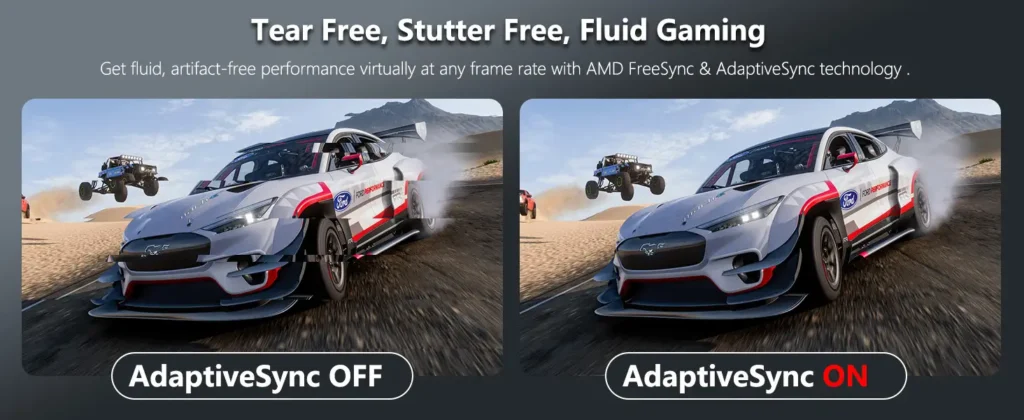
You get high refresh rates that hit 144Hz, 165Hz, or even 180Hz, which is fantastic for smoother gameplay compared to the 60Hz you’d find on most budget monitors a few years back.
They lean heavily into curved panels on many models, which helps with immersion, especially if you’re using it for gaming or binge-watching series in your room.
The VA panels deliver solid contrast, and if you’re coming from an older TN or a basic IPS monitor, you’ll notice blacks looking more “black” rather than dark grey.
Adaptive Sync support is present, which can help reduce tearing when gaming if you have a compatible GPU, though implementation can vary, something we’ll touch on later.
It’s easy to get excited reading the product page, seeing numbers that scream “gaming” while the price remains firmly in “I can afford this without skipping rent” territory.
What It’s Like to Actually Use a Z-EDGE Monitor
Using a Z-EDGE feels like the difference between going from a used Honda Civic to a newer Civic with Apple CarPlay. It’s not a massive leap into luxury, but it’s an improvement over what many people have. I tested the 27″ 165Hz curved model with a mid-range GPU, mostly playing Rocket League, Warframe, and some Valorant for reflex testing.
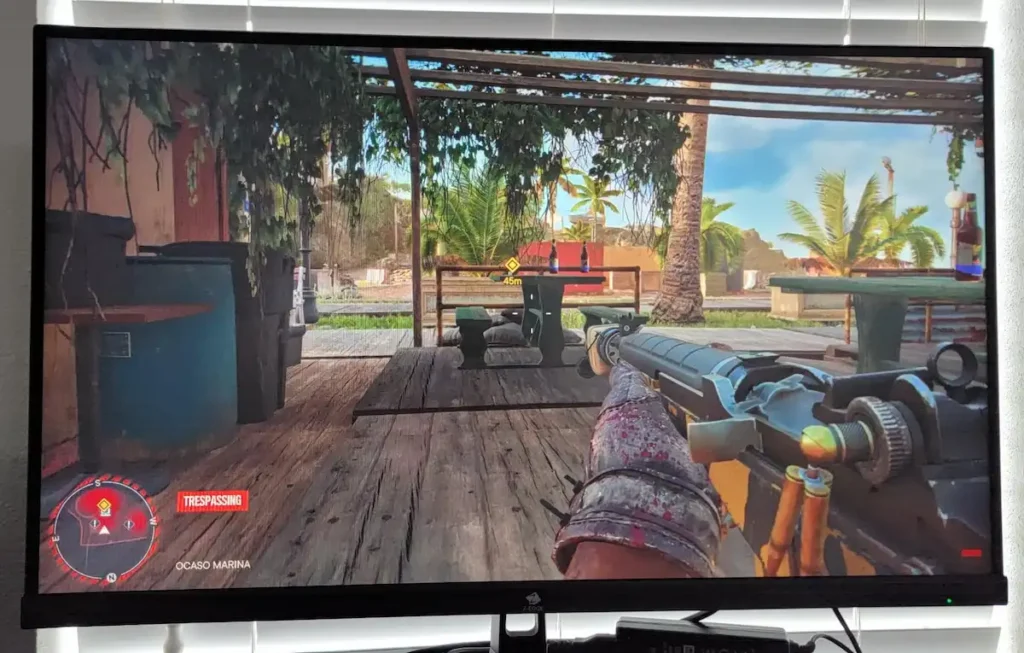
The 165Hz genuinely makes gameplay feel smoother, especially in fast camera pans, and for titles like Rocket League, you notice how much more connected your inputs feel compared to a 60Hz display. The curve on a 27″ isn’t essential, but it adds a small sense of wrap-around, particularly when sitting close.
Color-wise, the monitor is decent. It’s not going to blow away an LG UltraGear or a high-end Dell IPS, but colors are good enough for gaming and watching YouTube. Movies and anime look pretty solid, especially in dark scenes where the VA contrast helps.
However, when testing Valorant, I noticed ghosting in quick flick shots, especially when moving crosshair from dark to bright backgrounds. It wasn’t game-breaking, but it’s there if you’re sensitive to it.
Community Feedback: The Positives
A quick dive into Reddit and forums shows that a lot of people end up pretty happy with their Z-EDGE purchase if they keep expectations aligned with the price.
“For the price, you’re getting a curved 165Hz panel that doesn’t look like garbage.” – Reddit user on r/buildapcmonitors
“Perfect for my dual-screen setup in the dorm, no regrets.” – Comment from a college student on LinusTechTips forums
The most common praises are:
- Affordable entry into high-refresh gaming without needing a big budget.
- Panels look good enough for casual gaming, streaming, and everyday browsing.
- Great for dual or triple monitor setups because you can buy two or three Z-EDGE monitors for the price of one premium monitor.
- Easy to set up, with VESA mounting available for multi-monitor arms.
Community Feedback: The Complaints
Of course, Z-EDGE isn’t perfect, and you’ll find complaints sprinkled around forums:
“I have a patch of backlight bleed in the corner, but I can live with it for the price.” – r/Monitors user
“Noticeable ghosting when playing Apex, but I’m not a pro so it’s fine for me.” – User on Tom’s Hardware forum
- Backlight bleed is a recurring mention, particularly visible in dark scenes.
- Color accuracy out of the box isn’t ideal for photo or video work.
- Some users report ghosting or smearing in fast shooters.
- Warranty support is hit-or-miss. Some users get fast replacements, while others have to fight for service.
How Z-EDGE Stacks Up to Competitors
Compared to Sceptre, AOC budget lines, or MSI’s entry-level monitors, Z-EDGE typically wins on price at similar specs, especially during sales. You’ll often see the same 165Hz or 180Hz refresh rates for $20–$50 less.
However, AOC and MSI often deliver better color calibration, more reliable build quality, and slightly faster pixel response, making them better for fast-paced shooters if you can stretch your budget.
Z-EDGE feels closer to Sceptre: both give you great prices for gaming features, but you’re trading off premium image quality and warranty support to save money.
Who Should Consider Z-EDGE Monitors?
If you’re:
- A casual gamer who wants smoother frame rates on a tight budget.
- A student looking for a second monitor for school and gaming.
- Someone setting up multi-monitor productivity setups without needing color-critical accuracy.
- An entry-level gamer building their first PC rig.
Then Z-EDGE is worth considering, especially if you’re okay with the occasional panel lottery that comes with budget brands.
Who Should Avoid Z-EDGE Monitors?
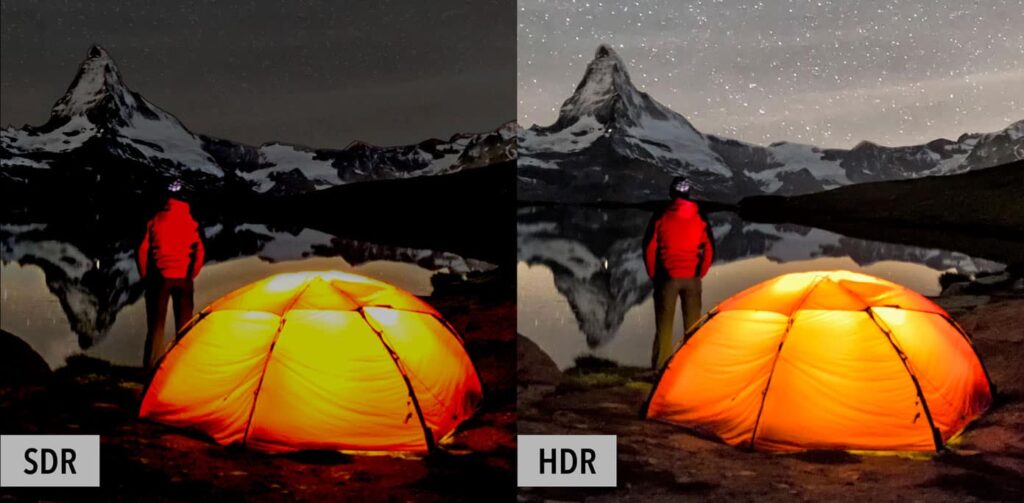
You might want to skip Z-EDGE if you:
- Are a professional editor who needs color accuracy for photo or video work.
- Are a competitive FPS player chasing every millisecond for reaction time.
- Hate dealing with return processes in case of defects or QC issues.
- Want HDR gaming with excellent peak brightness, as these panels rarely deliver on HDR claims meaningfully.
Final Verdict: Should You Buy Z-EDGE?
Z-EDGE monitors are all about delivering solid gaming specs without a big price tag. They offer high refresh rates, curved panels, and Adaptive Sync support at prices that undercut many competitors.
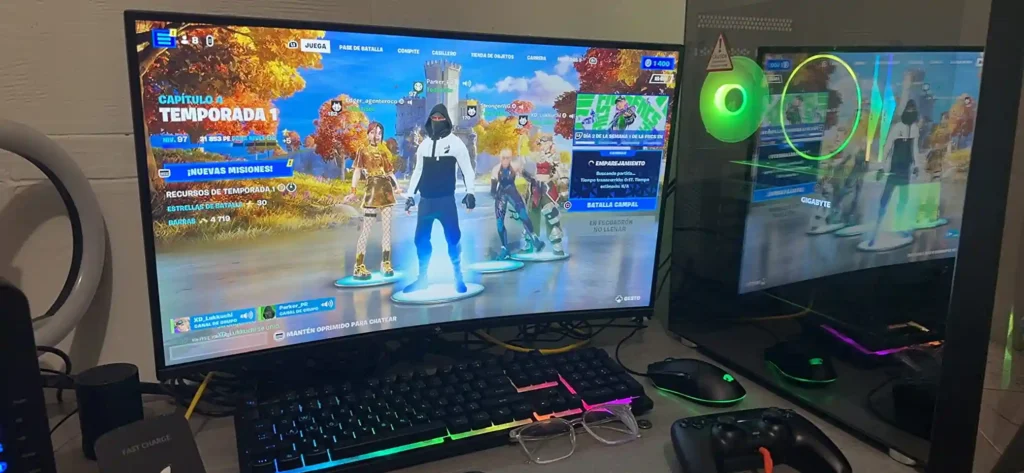
You’re making a trade:
✅ You get smoother gaming, a bigger screen, and a solid experience for most games and productivity tasks.
❌ You risk potential ghosting, backlight bleed, and lackluster color accuracy compared to more expensive options.
If you’re building a budget gaming rig or need a second screen for your setup, Z-EDGE is worth a look. If you want perfect colors, the best HDR, and pro-grade support, it’s worth looking at ASUS, LG, or MSI instead.
FAQ
Are Z-EDGE monitors reliable?
They can be, but expect the occasional QC hiccup. Buy from a seller with easy returns.
Do Z-EDGE monitors support gaming consoles?
Yes, they work fine with PS5, Xbox, and Switch, with many models supporting 120Hz at 1080p.
Is Z-EDGE good for PS5 or Xbox gaming?
For casual console gaming, yes. You won’t get the best HDR, but you get smooth gameplay on a budget.
What is the warranty policy for Z-EDGE?
There is a warranty, but user experiences vary. Keep your purchase receipts and test the monitor as soon as it arrives.